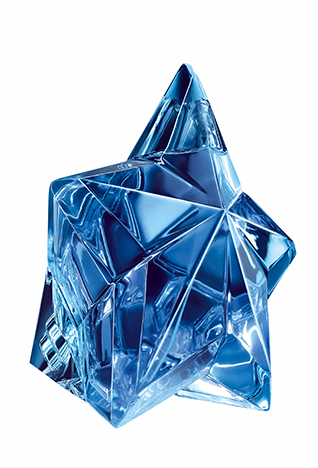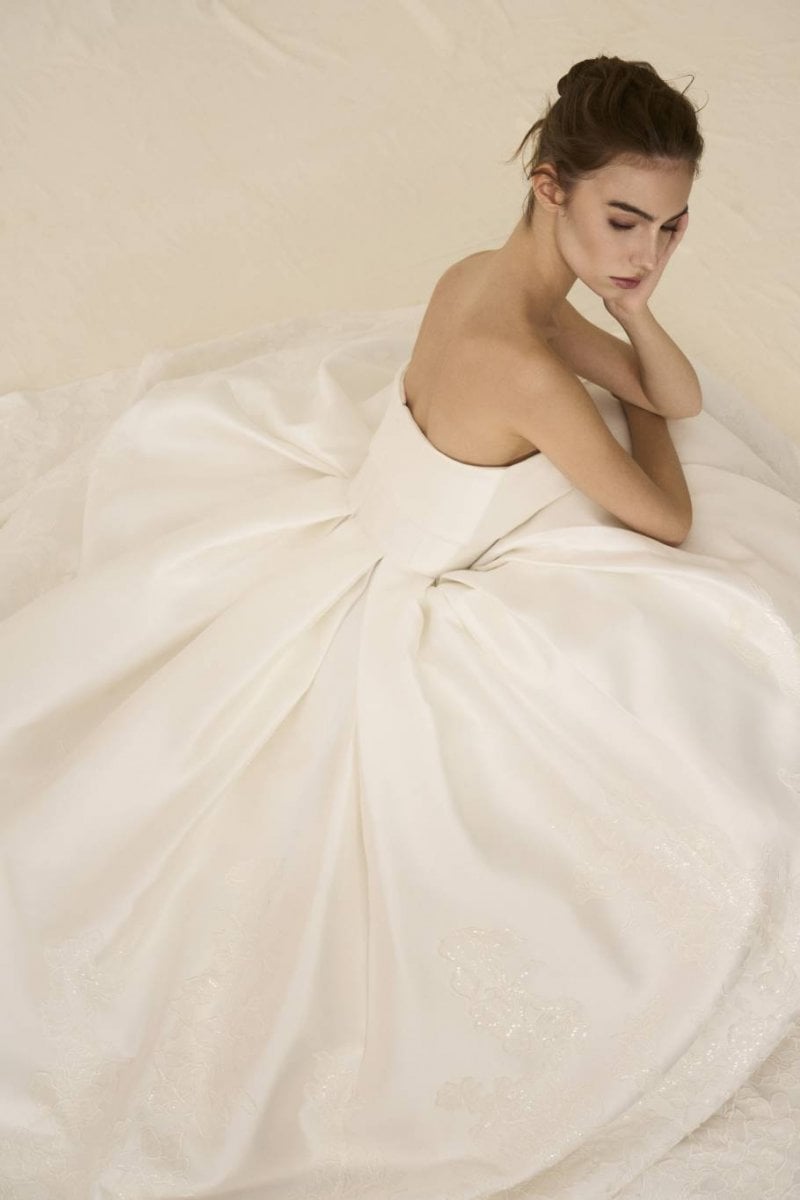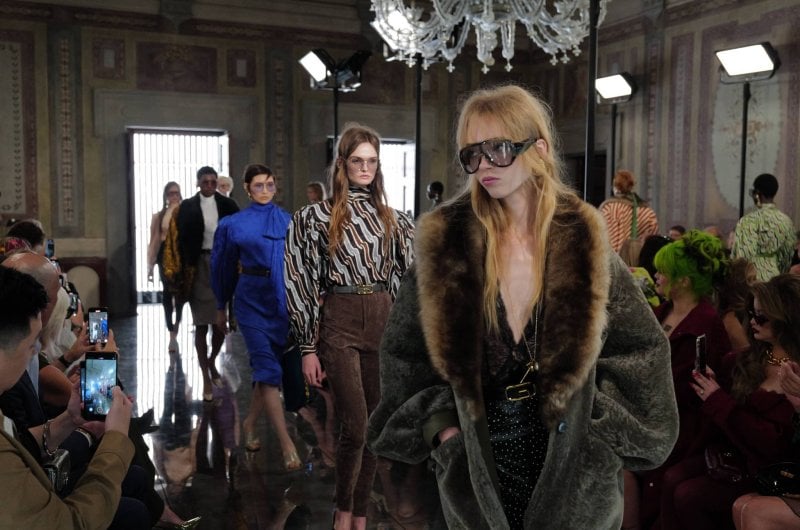“Haute Couture should be fun, foolish and almost unwearable” once expressed Christian Lacroix. Although he may be right about the designs, the design-progress is far from fun–or foolish.
For many, Haute Couture is the apogee of fashion, which comes in the shape of a beautiful and unattainable mirage that we all yearn– yet don’t understand. But what is it exactly that makes a piece of clothing Haute Couture?
It all began in the 18th century in Paris, when high-class Parisian ladies started going to couture houses demanding exquisite tailor-made garbs to ensure that no one would turn up to events in the same outfit as them. From then onwards, Haute Couture developed.
Nowadays, there are strict requirements to be labeled “Haute Couture” by the Chambre de Commerce et d’industrie de Paris and the Fédération Française de la Couture.
- A designer must craft handmade, made-to-measure designs for private clients, with one or more fittings.
- The designer should also have his own atelier based in Paris that employs no fewer than fifteen staff members, full time.
- The Fashion house must present two collections to the Paris press per year –in January and July– containing at least 35 outfits, for both the daytime and evening.
While the industry seems sublime from the outside, it requires a lot of work and funds. A single dress usually takes between 100 and 400 hours to be made and is generally worth between $30,000 and $100,000 –depending on the season and the designer. Every year the number of couture houses decreases, as Haute Couture isn’t very profitable and fashion houses actually often lose money from it.
A mirage soon to disappear? Perhaps, but in the meantime, let’s indulge.
Leonore Dicker












